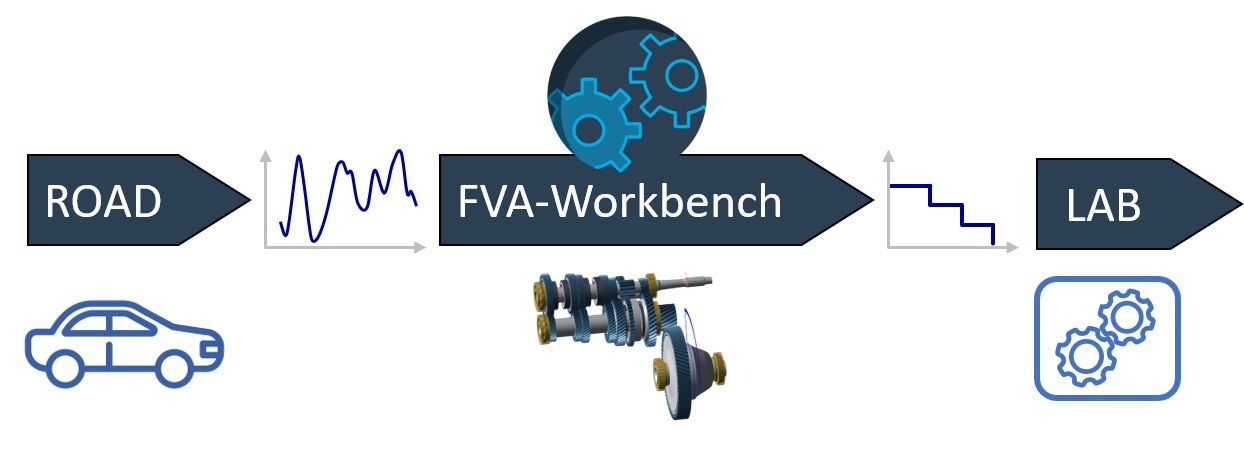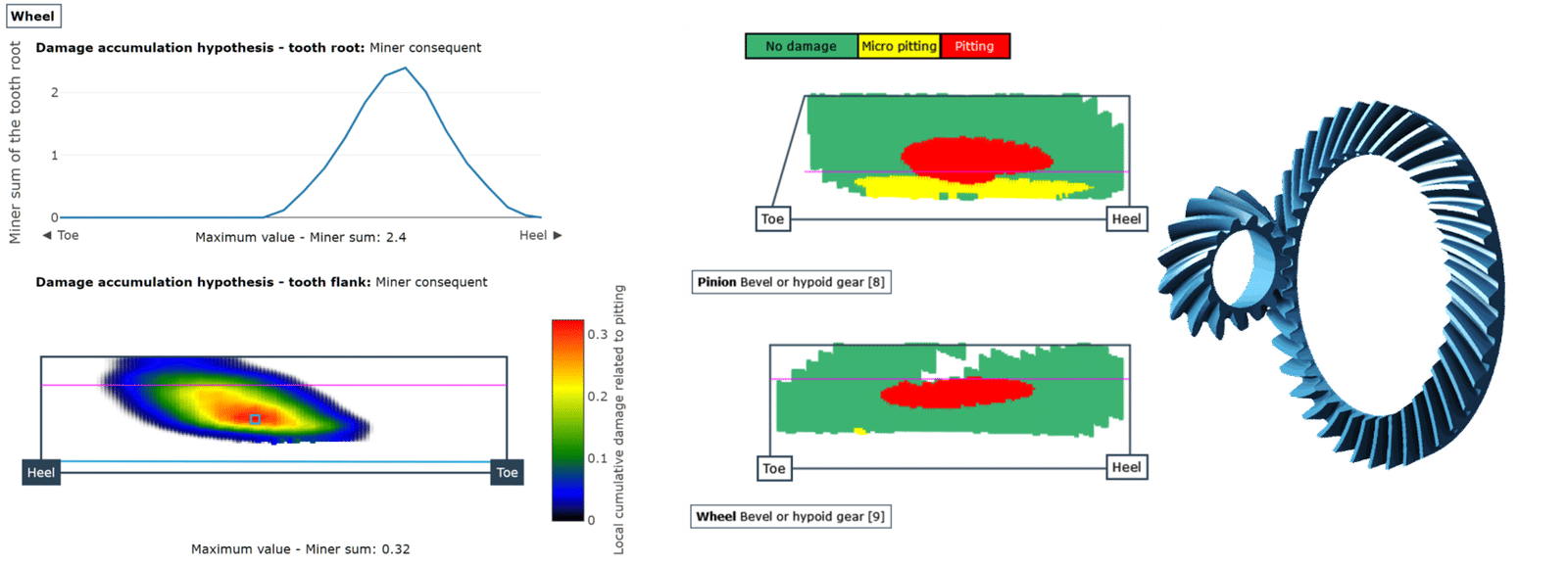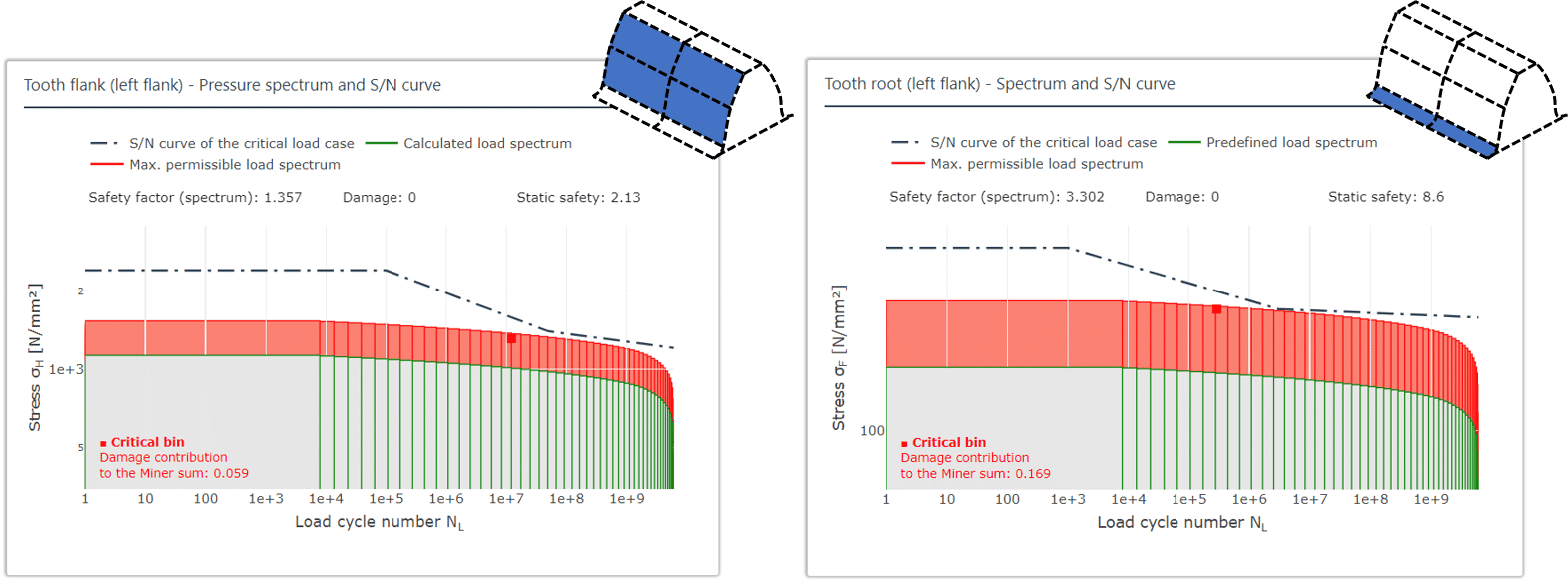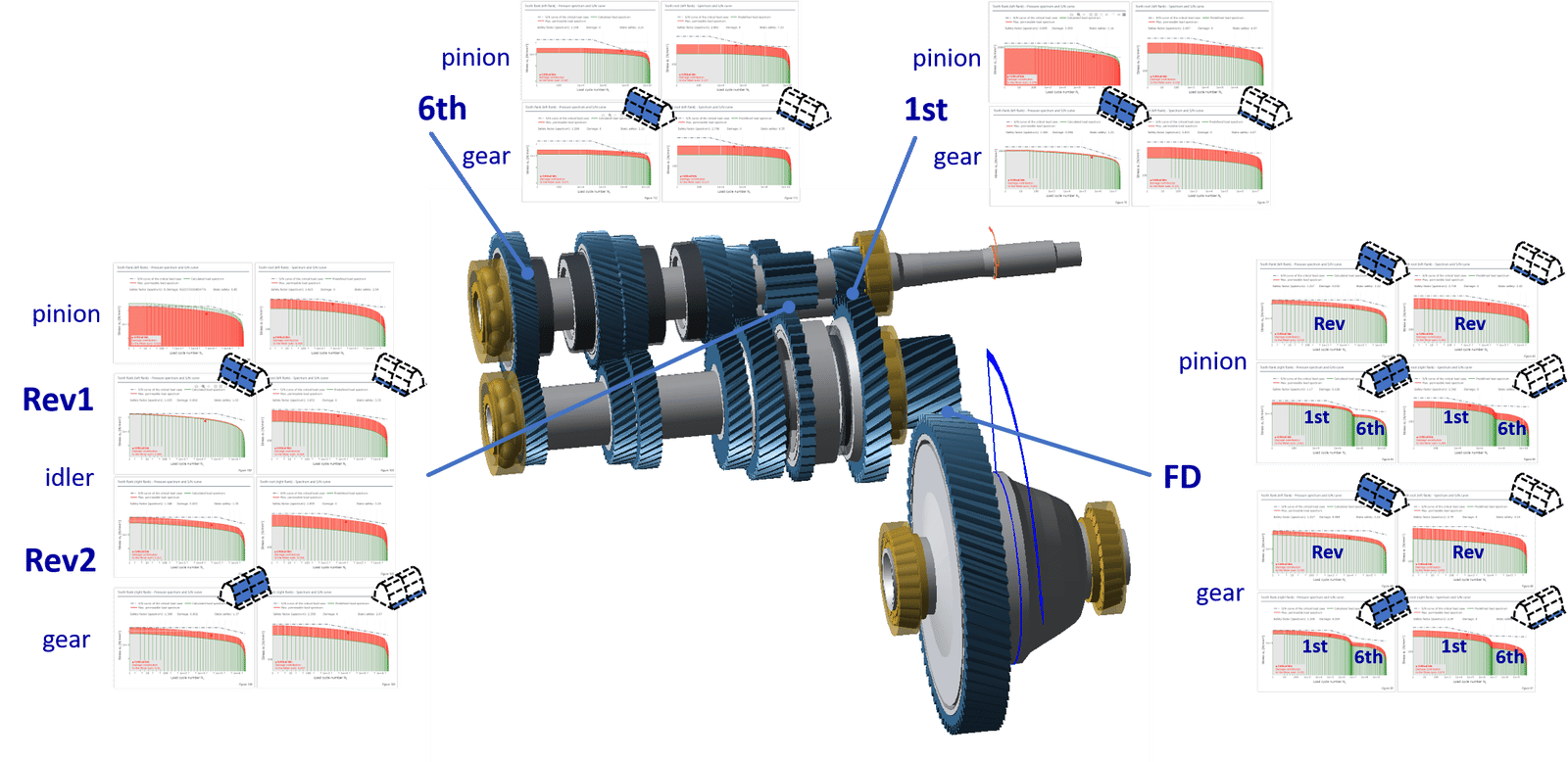FVA Presents Transmission Design Considerations
Realistic Load Spectra Conditions are Essential for Optimal Gear Design
For optimal gear design in accordance with requirements, it is essential to consider load spectra under the most realistic conditions possible as early as the virtual basic design phase. This is the only way to ensure that all components are loaded as evenly as possible to avoid overdimensioning.
Optimized design saves resources and costs and improves the CO2 balance – an aspect that is becoming increasingly important in the current environment and can offer a competitive advantage. Load spectrum calculations are also important for replacing complex time and cost-intensive experiments by simulating test rig damage tests.
Creating load spectra
The FVA-Workbench offers extensive options for creating load spectra. For example, load levels (speed, torque, frequency) can be input manually or imported directly from a .csv file.
If load spectra are not available, synthetic load spectra can be created for initial analyses and preliminary designs. There are also a number of options for determining load spectra, for example from measurement data of single or multiparametric time level counts, or by creating a rain flow matrix.
For bench tests, test times can also be reduced by omission and truncation, as long as the type and amount of damage are kept as similar as possible. These methods are based on the results of FVA Project Series 485 (LDA+).
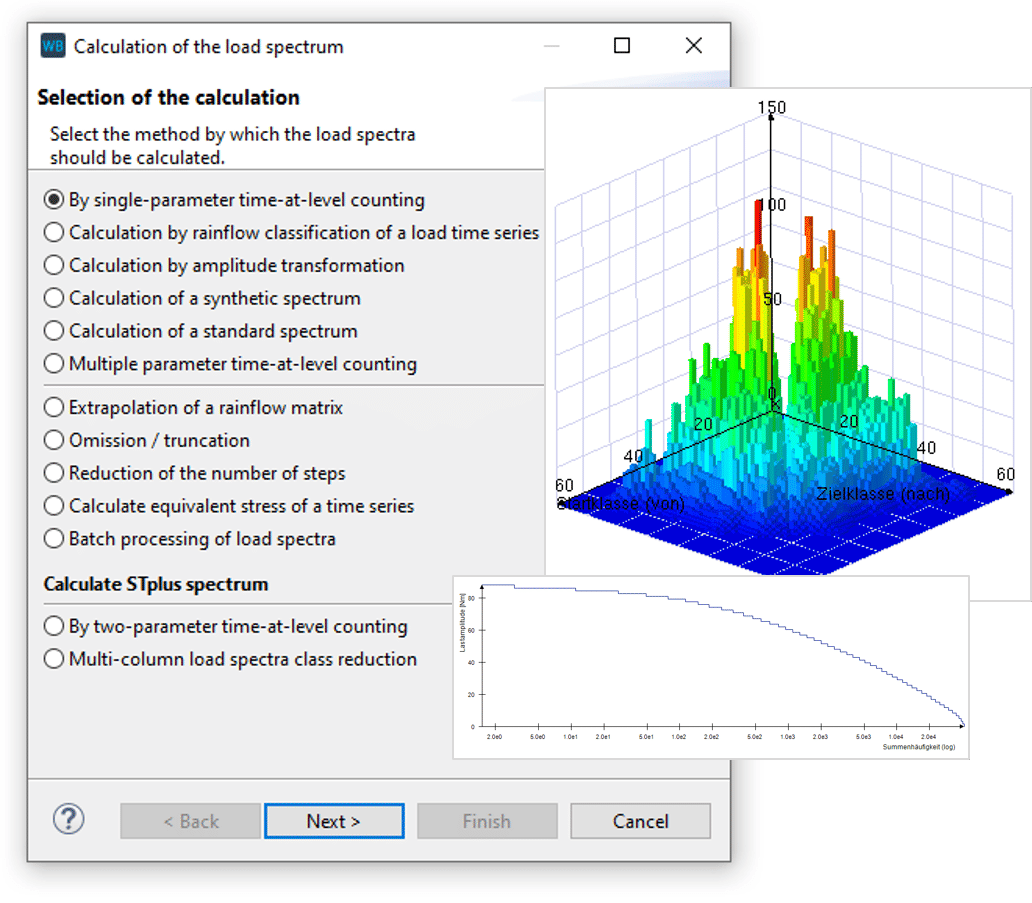 Fig 2. Creation and processing of load spectra in the Global Database.
Fig 2. Creation and processing of load spectra in the Global Database. 


